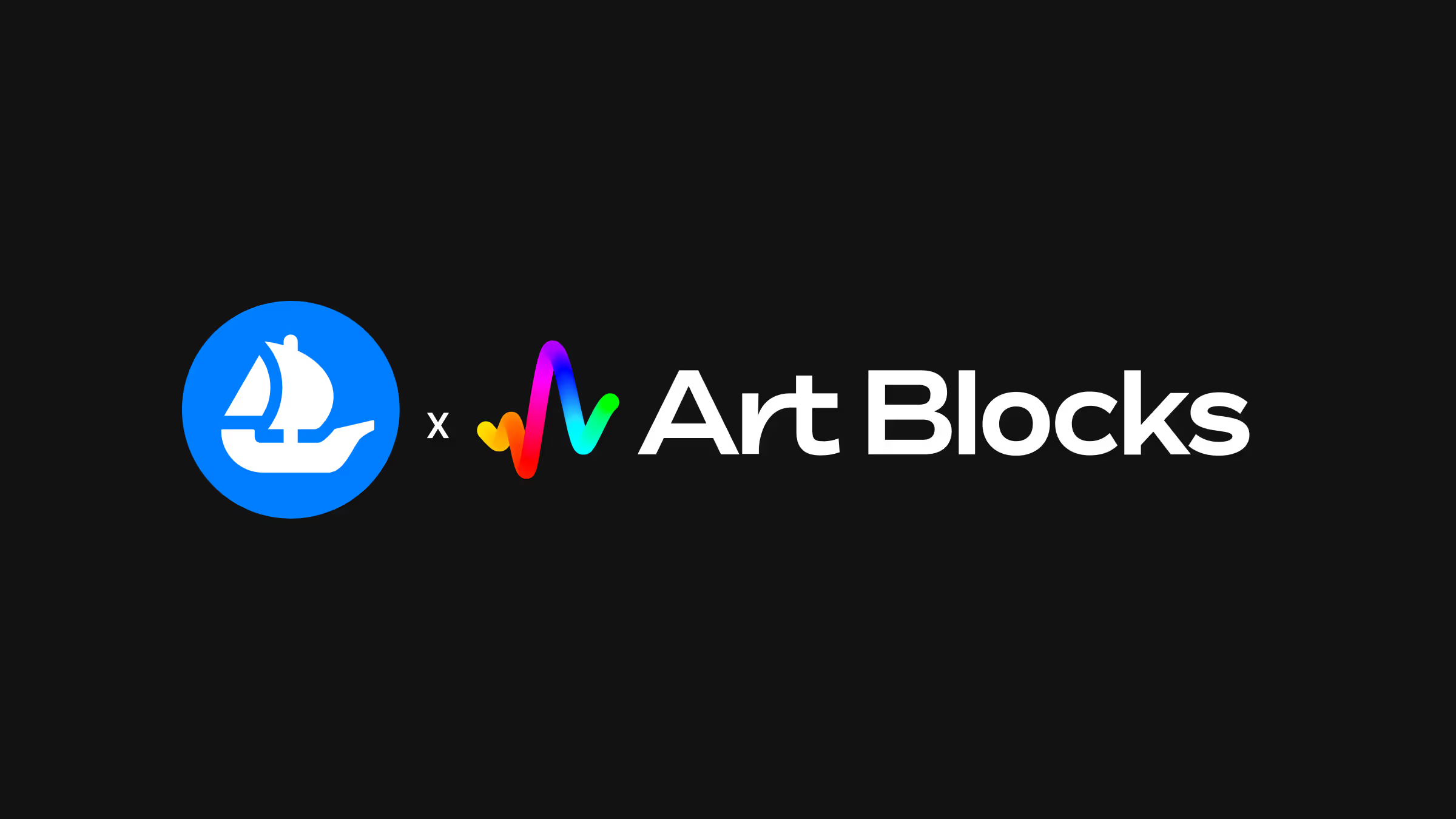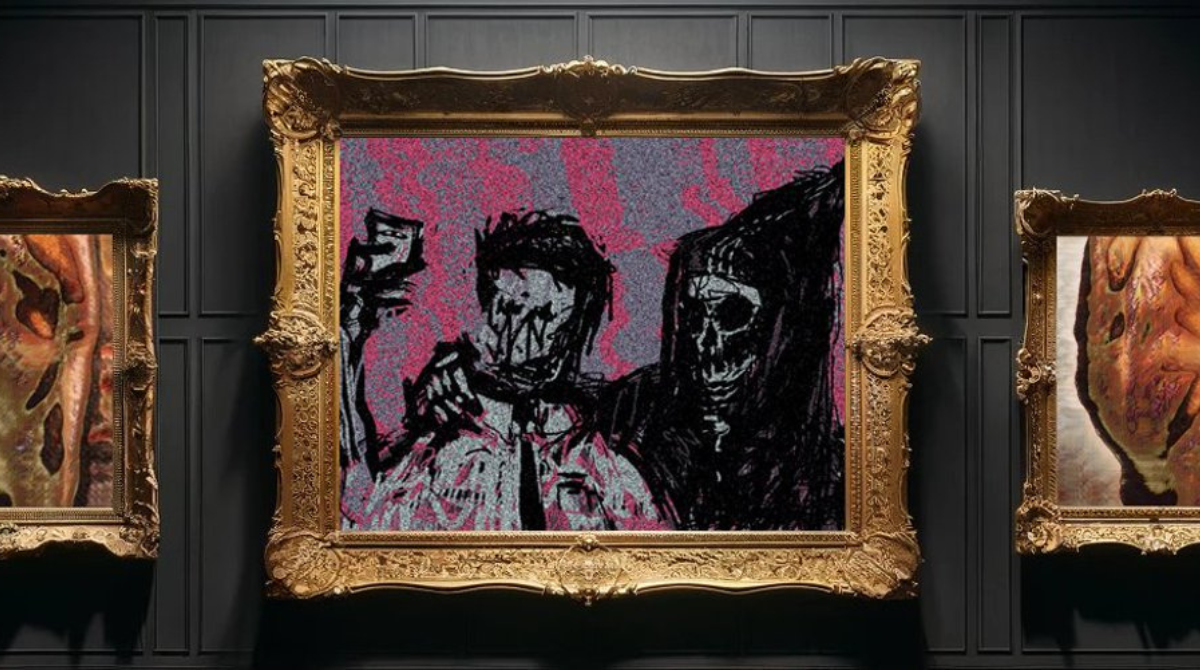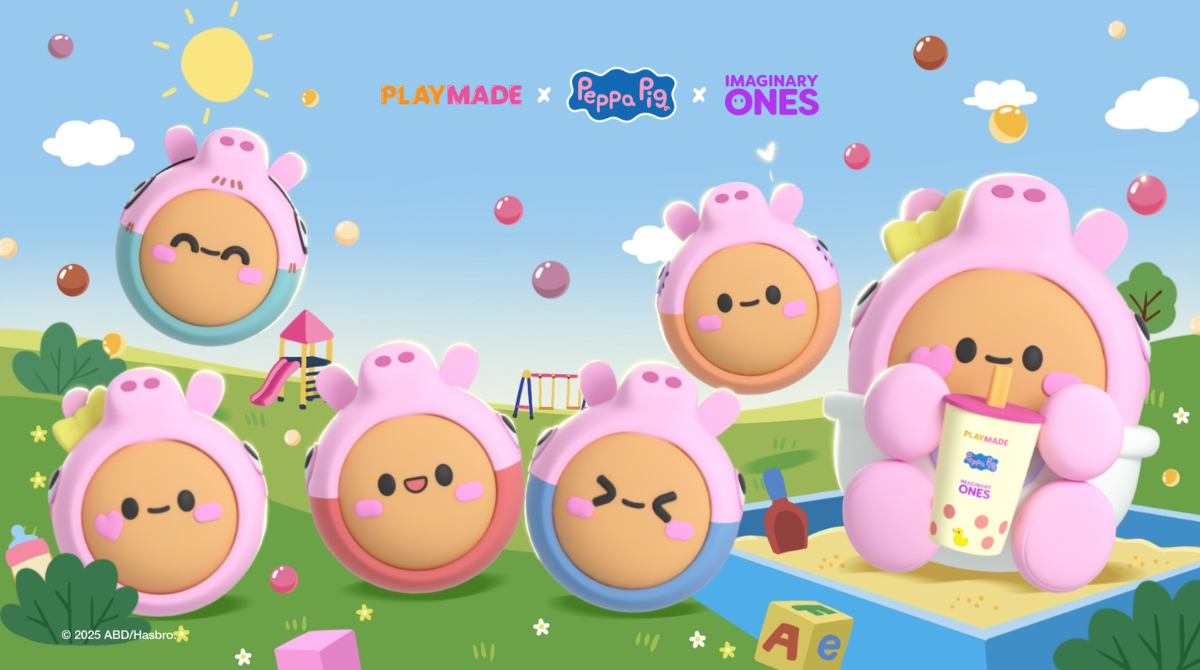BeraTone is a cozy multiplayer farming and crafting game inspired by Nintendo classics and built with blockchain in mind. It offers players a vibrant world to explore, customize, and share with friends, featuring playful art, rich character dialogue, and thoughtful design at every turn.
On May 22, the BeraToners collection launches exclusively on OpenSea, unlocking access to in-game avatars, early playtests, community perks, and VTuber-ready 3D models. With 6,500 unique collectibles, each piece doubles as a passport into BeraTone’s growing digital universe.
We sat down with G Honey and Pixel Bera from the BeraTone team to talk inspiration, design philosophy, and how they’re building a game that puts joy and creativity first.
Note: This transcript has been edited for length and clarity.
OpenSea: BeraTone is described as a “cozy multiplayer farming and crafting game.” Did you start out knowing that was the kind of game you wanted to create?
G Honey: Yeah, we’ve always wanted to take a page from Nintendo’s book. We love their approach to product rollouts, and just the general style and vibe, from the art all the way to the music. We knew we wanted something that captured that essence. Originally, it was a 2D pixel game, and the Bit Bears were intended to be the characters. Then, somewhere down the line, we decided to switch to 3D for better versatility and a more versatile art style.

OpenSea: What was the original spark for the game?
Pixel Bera: Great question. I’m also a Nintendo kid, so I’ve always gravitated toward wholesome games instead of more violent or mature ones. I like cozy experiences. I’m not a very competitive gamer. I think G reached out to me because I have experience working in traditional game development, and my specialty is aesthetic appeal—making things that look great and grab people immediately.
When I looked at crypto games, honestly, it didn’t seem like there were a lot of real games. A lot of what I saw were DeFi protocols with gamified elements—low-effort gameplay loops that didn’t feel like games.
So my approach was: let’s make a genuinely good game. One that might actually onboard people who aren’t hardcore crypto natives. Because I think, at the end of the day, most gamers don’t care what tech is under the hood. They just want to feel like their time is well spent, and the game needs to be a place that’s just pleasant to exist in. Not a chore. Nintendo does that better than anyone. Mario, Zelda, Animal Crossing—all of their games are incredibly polished.
I take continuous inspiration from them, especially in the little details. Because this kind of experience is really the sum of all those small choices.
OpenSea: Yeah, absolutely.
Pixel Bera: Animal Crossing is a great example—there are a million things to collect and craft, and you’re creating your own space. If I want a steampunk island and you want a cozy cottagecore farm, we can both do that. It’s all about creative expression.
And there’s something special about the persistence and patience involved—checking shops daily, gathering materials, trading rare items. I thought that gameplay loop could work well with a crypto element, where items are onchain and peer-to-peer.
So if I have your skyscraper and you have my wooden fence, and neither shows up in our shops, we’re incentivized to trade. Animal Crossing doesn’t have that system. The players had to create their own workaround: Nookazon. It’s all trust-based and clunky. We saw an opportunity to make that experience smoother and more secure with blockchain tech.
Then there's the other side—exploration. Animal Crossing doesn’t really let you go beyond your island. I always wanted that. So we’re combining the best of both: the customization and cozy vibes of AC, and the expansive world of a game like Final Fantasy XIV or WoW. We’re building a world where you can see your friends, go on quests, explore, and show off your avatar.
We put a lot of effort into our NPCs too—witty dialogue, real character arcs, quests that make the world feel alive.

OpenSea: Your team describes BeraTone as a “digital oasis.” What’s the emotional experience you hope people have while playing?
Pixel Bera: I want people to feel like it’s a place where it’s just nice to exist. Everything else—the activities, the quests—that’s icing on the cake. It’s about belonging, comfort.
Older Animal Crossing games made you feel like an outsider moving to a town that already existed, and I love that. You’re figuring out how things work, who the characters are, and what your role is.
The newer games are more about shaping your own world—building it exactly how you want it. I think we’re trying to combine both: you have your own space to customize, but you also have a big world to explore that doesn’t revolve around you.
OpenSea: Makes a lot of sense. So we’ve talked a lot about game influences—but are there design influences, either in or outside of gaming, that shaped your visual style?
Pixel Bera: I mean, I’m a 34-year-old man, and I’m not ashamed to say I love cute stuff. Hello Kitty, Keroppi, Sanrio characters—I love all of that. That’s my vibe. That’s our target audience, too: people who find joy in cute design.
I travel to Japan a lot, and I love how everything there has a mascot—even police stations. You’ll see this awkward-looking animal character and think, somewhere out there, this is someone’s favorite.
OpenSea: Totally. I remember going into Sanrio stores as a kid. It’s such a nostalgic, joyful experience.
Pixel Bera: Exactly.
OpenSea: What’s something a player might miss if they’re rushing through the game, instead of slowing down and really sinking into the world?
Pixel Bera: A lot of people skip dialogue, which is unfortunate. In our private playtest, I spent quite a bit of time writing fun, witty dialogue. Then I’d watch people mash through it. That’s just something you see across game dev—it’s a running joke that you’ll spend two days making a tree trunk look great, and then someone just runs past it in two seconds.
But even if people don’t consciously notice every detail, the sum of all those elements creates the atmosphere. It makes the game feel polished and alive. I’m probably insufferable to play games with because I’ll stop and admire the water at the edge of a lake or the way my footsteps leave a trail. If I go into the water and come back, I want to see that.
So I tell our team all the time that details like that matter. They’re not critical gameplay systems, but they elevate the whole experience.

OpenSea: Let’s talk about your upcoming mint. How did you land on 6,500 for the supply?
G Honey: It’s partly an angel number vibe. 10K felt kind of played out. We’ve had our Genesis collection live for over a year now. That helped us build a core, diehard community of about 400 holders.
We wanted to open things up to more people, to give them a chance to join. It’s always tough picking the right number. But this felt like a natural next step as an expansion of our community. The Soulcloth holders are the only ones who’ve played the game so far, so this mint is a big opening moment.
OpenSea: Beyond the PFPs, holders get access to things like avatars and play-to-earn eligibility. What’s the bigger vision for these NFTs as a kind of citizenship layer?
Pixel Bera: One of our dreams is to see people using their avatars as VTubers. I watch a few streamers and I’m pretty familiar with how that rigging and setup process works—and a lot of people charge thousands of dollars for a VTuber rig. So we’re offering something really valuable here.
We use our avatars all the time, even in meetings. And I’d love to see people embrace their BeraTone identity outside the game. Like G said, we want a larger player base than just the 11,000 collectors. But these NFT holders will be a special group—sort of a “super fan” layer of the community.
Plus, the traits in the collection aren’t things you can earn through gameplay. They’re exclusive—badges of honor. You’ll be able to show, “Hey, I was here early.”

OpenSea: Any surprises you want to tease about the mint, or anything else people should know?
Pixel Bera: We’ve put so much time into this. We had a full set of 3D clothing and traits that were basically done, but we weren’t satisfied, so we scrapped them and started over. Now, we’re really happy with how everything turned out.
We’ve got a huge variety—around 3,000 total traits when you count recolors. So every piece will feel unique. We also have two different bear models: a smaller “chibi” version and a larger one. And we’ve created a wide range of color palettes, pastels, jewel tones, and earth tones, all thoughtfully designed to complement each other.
We wanted to make sure that no matter what combo you mint, it’ll look good.
OpenSea: That’s really cool. Let’s talk about community. Obviously, one of the big advantages of building in web3 is the direct line you get to your players. How has the BeraTone community shaped the game’s development over time?
Pixel Bera: That really started with our playtest in April. Before that, no one outside the team had played the game. We gathered feedback through a form on everything from camera angles to controls to favorite in-game activities.
The feedback was super helpful. And even more surprising was the glitch hunting. We thought the build was pretty rock solid. We’d tested it a lot internally. But as soon as you let in even a few hundred people, they start finding things you never imagined. There was one section of the map that they managed to get past the invisible walls. We had to ask them to send videos so we could figure out how they did it!
OpenSea: It’s funny how a fresh set of eyes can instantly see things the team never would.
Pixel Bera: Exactly. I think as a designer, you always assume your approach is the best, especially when your small team has consensus. But sometimes we get tunnel vision. We’re pulling from our favorite games and ideas we love, and we mash it all together, hoping it makes sense. Sometimes it doesn’t.
Our community has been great with that. Their feedback has been really insightful. They’re gamers too—they get it.
OpenSea: Thank you both. This was a pleasure.




.avif)


.png)



.png)
.png)
.png)